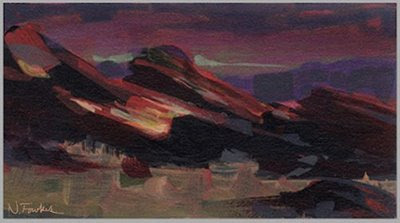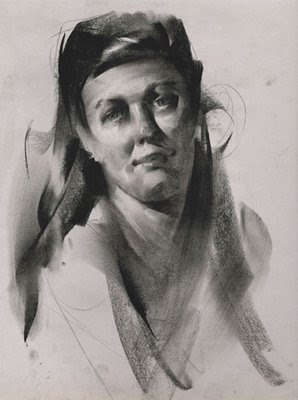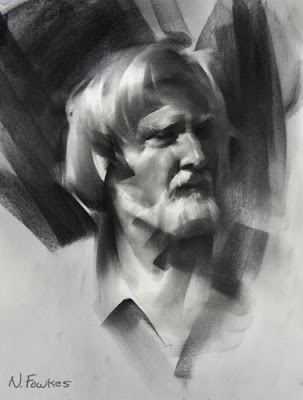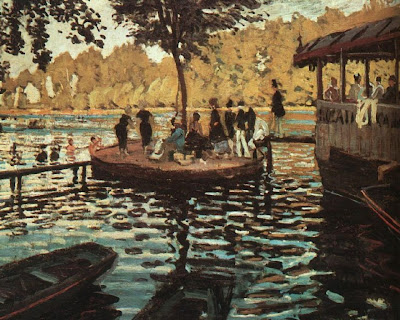Color Design Workshop on Nov 8, Ten week Head Drawing Course Begins Oct 20
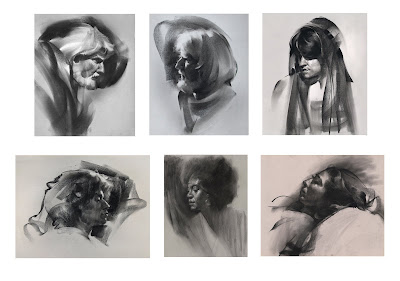
. . If you're in the LA area and want to refine your color and drawing skills, you're welcome to join me for a couple of upcoming events. On Saturday November 8th I'll be giving an all day workshop on color theory for subjects of all kinds including landscape, figurative and entertainment design. Here's what we'll cover: The fundamentals of color theory for painters and digital artists. The emotional impact of various color combinations to create mood and environment. Principles for organizing the complexities of color into pleasing harmonies. Color exploration exercises. Painting from a costumed model. Also coming soon is my 10 week Head Drawing Course. It will be held each Monday night from 7 to 10 pm starting October 20th. To enroll contact the Los Angeles Academy of Figurative Art at 877 LA-Atelier. Their site is www.laafa.org. Hope to see you soon.

